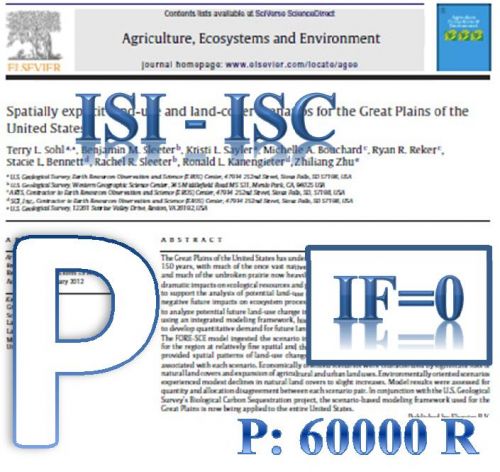Mycobacterium Strain and Type of Resistance in Pulmonary Tuberculosis Patients: A Missed Link in Iran’s National Tuberculosis Plan
نویسندگان : Behnam Honarvar Mohsen Moghadami Amir Emami Abbas Behzad Behbahani Mohammad Taheri Amir Roudgari Golnar Sami Kashkoli Mohsen Rezaee Ehsan Farzanfar Zahra Zaree Jamalodin Goharnejad Fatemeh Khavandegaran Kamran Bagheri Lankarani
Background: The Incidence of multi-drug resistant tuberculosis (MDR-TB) is constantly increasing. Objectives: This study aimed to clarify an important missed link in Iran’s national TB plan. Patients and Methods: Through a 9-month period, all pulmonary TB patients diagnosed based on the national TB protocol, in Shiraz TB center, were selected and culture of TB colonies, drug susceptibility testing (DST), polymerase chain reaction (PCR) for detection of IS6110 gene, Isoniazid (INH) and Rifampin (RIF) tuberculosis resistance were done to collect data. Data were analyzed using SPSS. Results: In 92 included patients, (mean age 45.4 ± 15 years), DST results showed that 16 cases (17.4%) were resistant to INH, 19 (20.7 %) to RIF and 24 (26.1%) to both INH and RIF. Polymerase chain reaction identified IS6110 gene in 71 cases (77.2%) and gene mutations in 3 (3.2%) KatG, 3 (3. 2%) InhA, 9 (9.7%) both KatG and InhA, 17 (18.4%) rpoB and 20 (21.7%) in KatG, InhA and rpoB genes. Patients with INH-resistant tuberculosis were more than those with RIF-resistant (OR = 7.1). Conclusions: Findings of the present study show that 4 out of five new cases of pulmonary TB patients who were diagnosed based on the national TB protocol (clinical symptoms and acid fast bacilli staining) had IS6110 gene (MTB, Mycobactrium TB) and at least one-fifth of this group had A kind of Drug Resistant TB. Therefore, by using PCR ,as a complementary test, it could be possible to start 1st line anti-TB drugs for only MTB cases (up to 77% of the patients) and 2nd line drugs for MDR cases (15% of cases). This policy aims to achieve safety and better outcome for patients while saving human and financial resources in health care system.
کلید واژگان :Tuberculosis; Drug Resistant; Gene; PCR
ارزش ریالی : 1200000 ریال
با پرداخت الکترونیک
